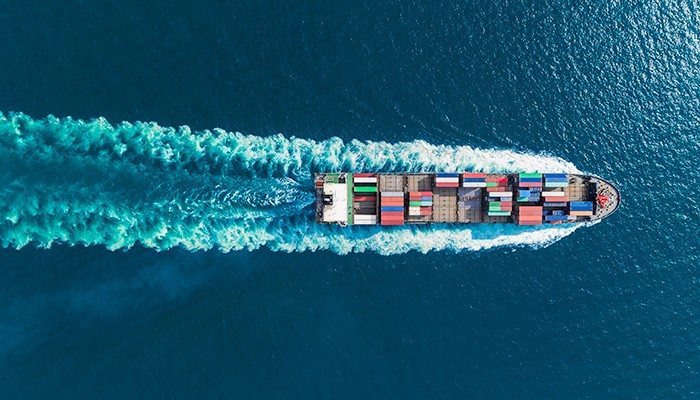A new suite of technologies is helping to position ammonia as the zero-carbon fuel of choice for the global shipping industry. Currently, vessels are primarily powered by fossil fuels, including heavy fuel oil, marine gasoil, and liquefied natural gas. Low carbon fuels make up less than 0.1% of overall shipping fuel demand, according to the International Energy Agency.
However, the industry is approaching a tipping point. The International Maritime Organization has established a target for a 50% reduction in CO2 emissions from international shipping by 2050. Given that the average vessel has a lifetime of between 25 and 30 years, maritime stakeholders understand that reaching this goal will require early action.
The Getting to Zero Coalition , an alliance of more than 150 maritime, infrastructure, and energy companies, is calling for 5% of new vessels entering service by 2030 to be powered by zero-carbon fuels. Likewise, leading supply chain players have formed the Cargo Owners for Zero Emission Vessels group, with the aim of fully decarbonizing their freight operations by 2040. Ports are also moving in the right direction—Los Angeles and Shanghai have announced a partnership to develop a green shipping corridor, with the first zero-carbon trans-Pacific container ships set to enter service by 2030.
Ammonia’s Advantages as a Maritime Fuel
A recently published Guidehouse Insights white paper, Ammonia as a Fuel to Decarbonize Transportation , explains that ammonia can play a central role in helping the shipping industry and other transportation sectors reach their emissions reduction targets. Commissioned by Amogy , the paper assesses ammonia’s potential […]
Click here to view original web page at guidehouseinsights.com

